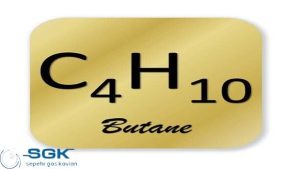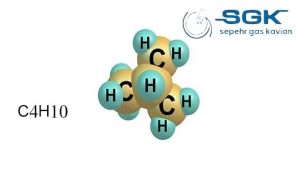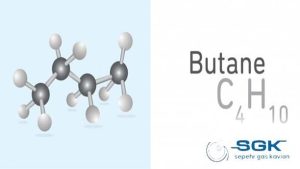iso-butane gas
iso-butane gas, also known as i-butane, 2-methylpropane, or methylpropane, is a colorless, odorless gas. It is a member of the alkane family of hydrocarbons and has the chemical formula HC(CH3)3. This gas is a flammable gas and is heavier than air.
This gas is available in carbon steel cylinders. This gas is in the category of flammable hydrocarbon gases.
Isobutane gas grade 99.5 is available in 0.75 kg in 5 liter cylinder, 1.5 kg in 10 liter cylinder and 20 kg in 50 liter cylinder in carbon steel cylinders.
Sepher gas kavian company is the reference laboratory of the standard department in the field of producing and importing gas for various industries and laboratory equipment and quantum measurement devices and gas mixtures (calibration gases) with high quality and all equipment related to various industries. iso-butane gas has different uses.

Resources
There are two main sources of this gas:
Natural gas: C4H10 is a natural gas liquid (NGL) that is found in natural gas. It is separated from the other NGLs, such as propane and butane, during the processing of natural gas.
Petroleum refining: This gas is also produced during the refining of petroleum. It is formed when butane is isomerized, which is a process that changes the chemical structure of the butane molecule.
In addition to these two main sources, C4H10 can also be produced from other sources, such as biomass and coal. However, these sources are not as common as natural gas and petroleum refining. iso-butane gas has different uses.
Here are some of the specific ways that C4H10 is obtained from natural gas and petroleum refining:
Natural gas: This gas is extracted from natural gas by a process called fractional distillation. This process separates the different components of natural gas, including methane, ethane, propane, butane, and isobutane.
Petroleum refining: This gas is produced during the refining of petroleum when butane is isomerized. This process is carried out in a reactor that is heated to a high temperature. The butane molecules are then exposed to a catalyst, which causes them to rearrange their chemical structure. The result is a mixture of this gas and normal butane.
Technical specification
| Chemical formula | ISO C4H10 |
| Molecular weight | 58.12 g/mol |
| Boiling point | -11.7 °C (10.7 °F) |
| Melting point | -159.6 °C (-255.3 °F) |
| Density | 0.586 g/cm3 |
| Vapor pressure | 2.66 kPa at 20 °C |
| Flammability limits | 1.8% – 8.5% |
| Heat of combustion | 46.4 kJ/mol |
| Specific gravity | 0.586 (air = 1) |
| Solubility in water | 0.0024 g/cm3 |
| Odor | Odorless |

Application
This gas is a versatile gas with a wide range of applications. Here are some of the most common applications of C4H10 gas:
Refrigerant: This gas is used as a refrigerant in some refrigerators and air conditioners. It is a safe and efficient refrigerant that has a low global warming potential.
Propellant: This gas is used as a propellant in aerosols and other products that need to be sprayed. It is a non-toxic and non-flammable propellant that is ideal for use in products that are used near food.
Fuel: C4H10 is used as a fuel in some camping stoves and lighters. It is a clean-burning fuel that produces less emissions than other fuels, such as propane.
Chemical feedstock: This gas is used as a chemical feedstock in the production of other chemicals, such as isooctane. Isooctane is a high-octane gasoline component that is used to improve the performance of gasoline engines.
Foam blowing agent: This gas is used as a foam blowing agent in the production of expanded polystyrene (EPS) foam. EPS foam is a lightweight and versatile material that is used in a variety of applications, such as insulation, packaging, and construction.
Solvent: Isobutane is used as a solvent in some industrial applications. It is a non-polar solvent that is effective at dissolving a variety of organic compounds.

Danger
This gas is a flammable gas and can be hazardous if it is not handled with care. Here are some of the dangers of C4H10 gas:
Fire and explosion: This gas is highly flammable and can easily catch fire. If this gas comes into contact with an open flame or other source of ignition, it can cause a fire or explosion.
Asphyxiation: C4H10 gas is heavier than air and can displace oxygen in the air. If this gas is released into a confined space, it can displace oxygen and cause asphyxiation.
Skin and eye irritation: This gas can irritate the skin and eyes. If isobutane gas comes into contact with the skin or eyes, it can cause redness, swelling, and pain.
Headache, dizziness, and nausea: C4H10 gas can be harmful if it is inhaled in high concentrations. Symptoms of exposure to high concentrations of isobutane gas can include headache, dizziness, nausea, and vomiting.





